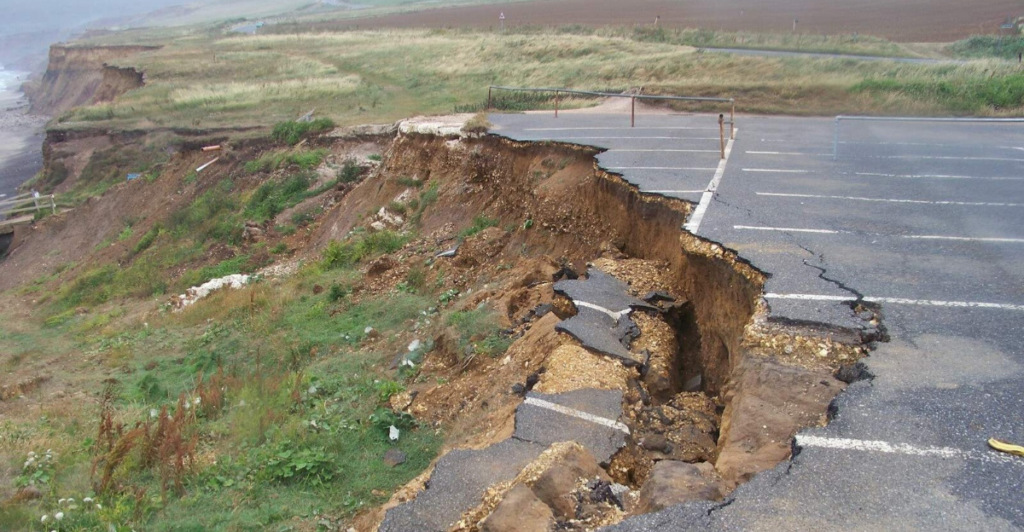
Oregon coastal wildlife is under a new and growing threat from the increasing earthquake activity along the Cascadia Subduction Zone. The geological fault stretches from northern California to British Columbia and is capable of unleashing catastrophic seismic events, including the feared “Cascadia Megaquake.”
Seismic activity wreaks havoc on human structures and has profound ecological consequences, altering habitats and threatening biodiversity. As seismic activity increases, understanding these effects is important for conservation and disaster preparedness.
The Geographical Context
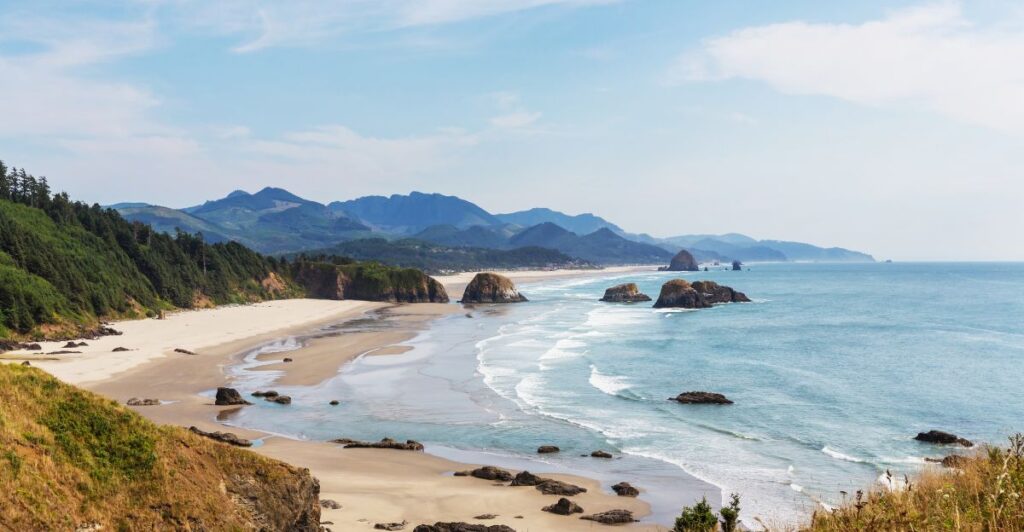
The Cascadia Subduction Zone has produced some large earthquakes in the past, including a megathrust event in 1700 CE that triggered tsunamis and devastated coastal ecosystems.
Evidence from tree-ring studies in South Beach, Oregon, suggests that old-growth forests experienced substantial growth suppression right after tsunami inundation and ground shaking. These disturbances showcased the sensitivity of coastal ecosystems to seismic activity and its cascading impacts on flora and fauna.
Seismic Activity Trends
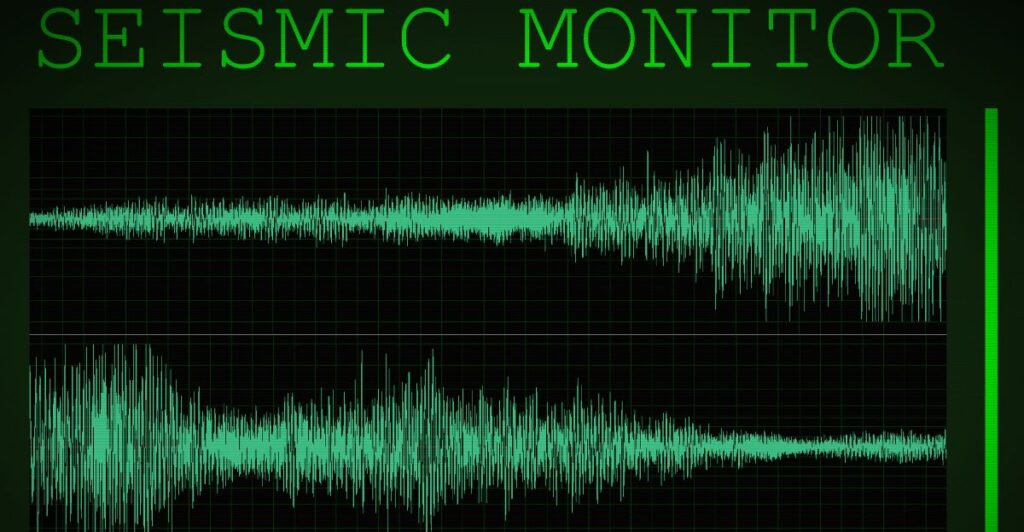
Recent data indicate increasing earthquake activity off the coast of Oregon, with swarms of quakes occurring in places like the Blanco Fault Zone. Though such tremors are typically mild, their location along the Cascadia Subduction Zone raises some red flags about stress transfer between faults.
The increase in seismic activity indicates heightened tectonic movements, potentially foreshadowing larger events that could devastate coastal ecosystems.
Habitat Disruption
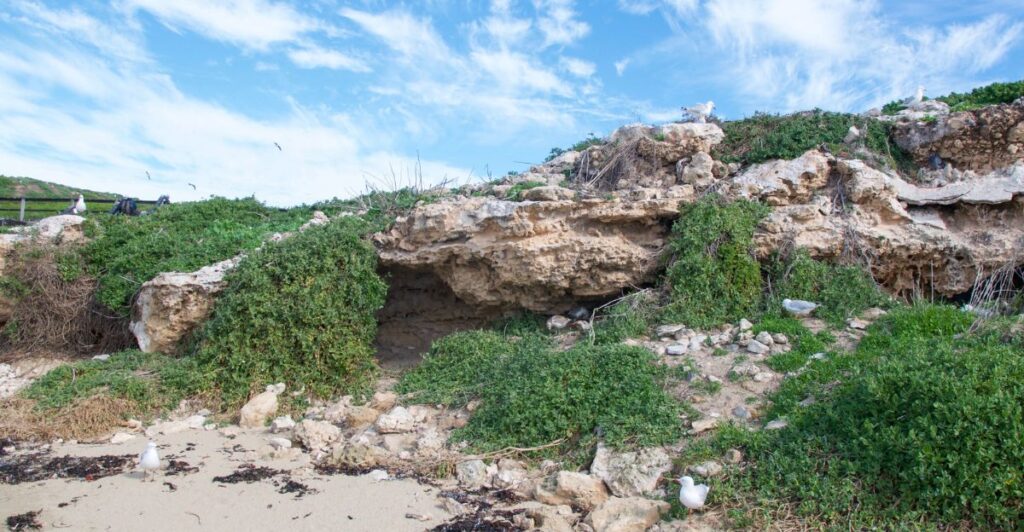
Earthquakes can drastically reshape coastal habitats through landslides, erosion, and changes in hydrology. For example, landslides triggered by seismic events can bury estuaries and disrupt waterways used by fish and bird species.
Additionally, tsunami inundation can destroy nesting sites, and saltwater intrusion can contaminate habitats. These disruptions jeopardize the survival of keystone species and destabilize ecological networks,
Impacts on Marine Wildlife
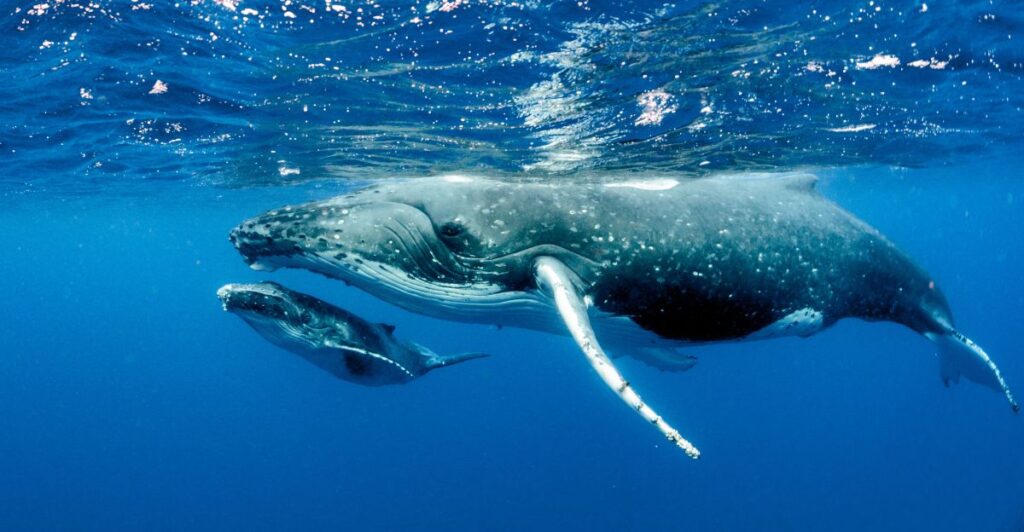
Offshore earthquakes generate powerful underwater noise and pressure waves that can disorient marine mammals — such as whales and seals. Although research indicates that direct seismic activity effects on marine mammals themselves are relatively low, indirect impacts such as habitat loss or prey availability are still great concerns. Seismic disturbances can trigger hypoxic events, further risking marine biodiversity.
Cascading Ecosystem Effects
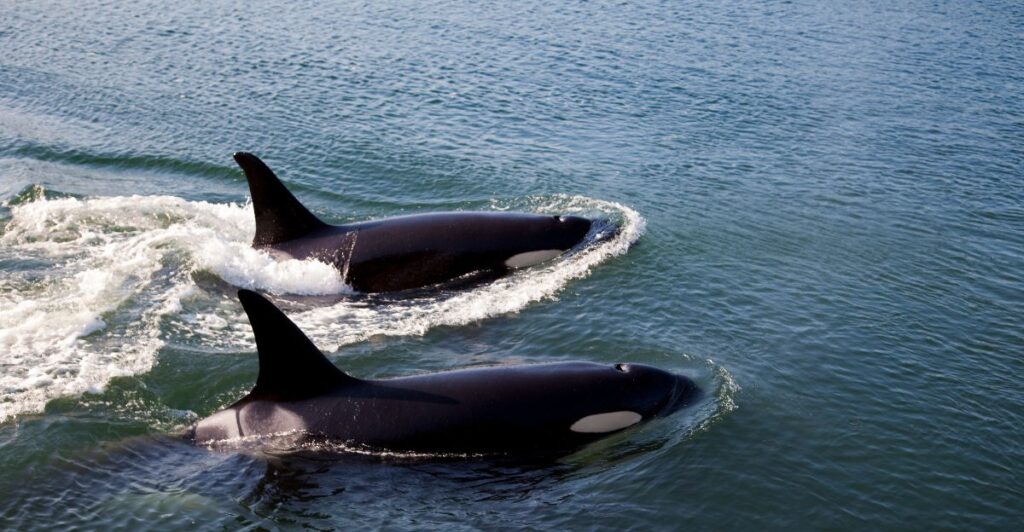
The ecological consequences of earthquakes extend beyond immediate habitat destruction. For example, disrupted food chains can also result in population declines in apex predators such as sea lions and orcas.
Additionally, invasive species can take advantage of disturbed environments, outcompeting native flora and fauna and irreparably disrupting ecosystem dynamics.
Infrastructure and Wildlife
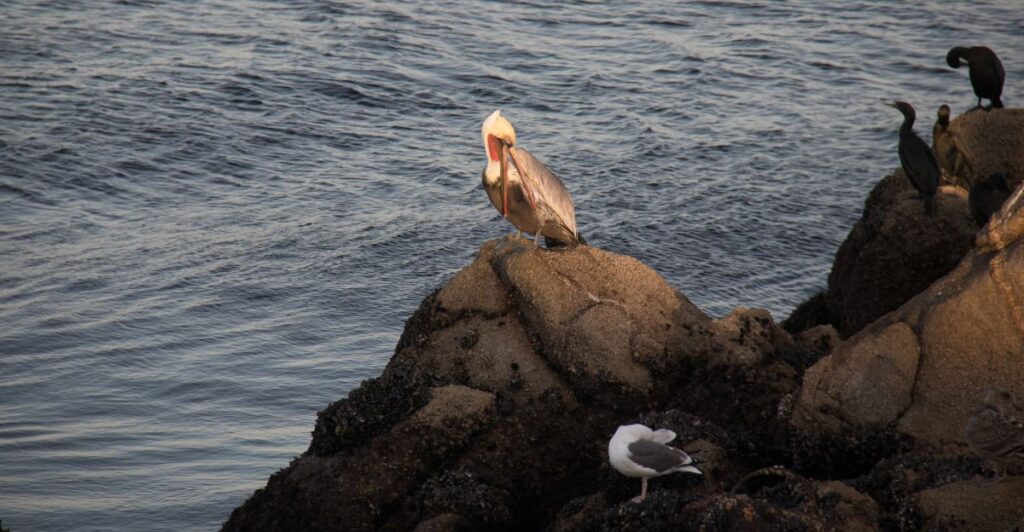
Earthquake-damaged infrastructure—such as collapsed bridges or ruptured pipelines—can release toxic chemicals into delicate environments. Oil spills or chemical leaks are deadly threats to marine life in oceans along the Oregon Coast.
Moreover, human attempts to reconstruct the infrastructure have also claimed the habitats of wildlife, resulting in additional stress on the ecosystem.
Conservation Challenges
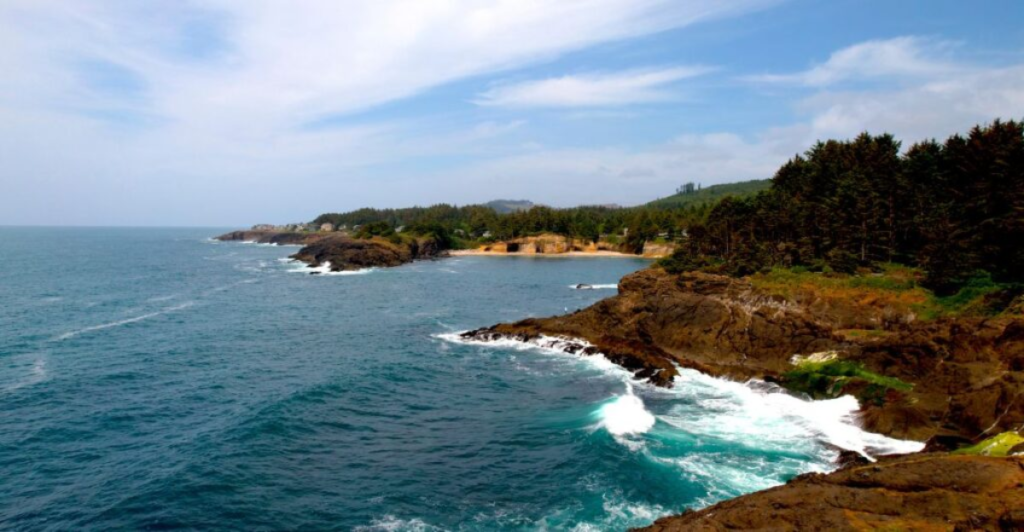
Protecting Oregon’s coastal wildlife amid rising seismic threats requires proactive measures. Emergency response plans must integrate ecological considerations by protecting critical habitats during evacuation or restoration plans. Conservationists must carefully monitor vulnerable species to mitigate the long-term impacts of habitat disruption.
Technological Solutions
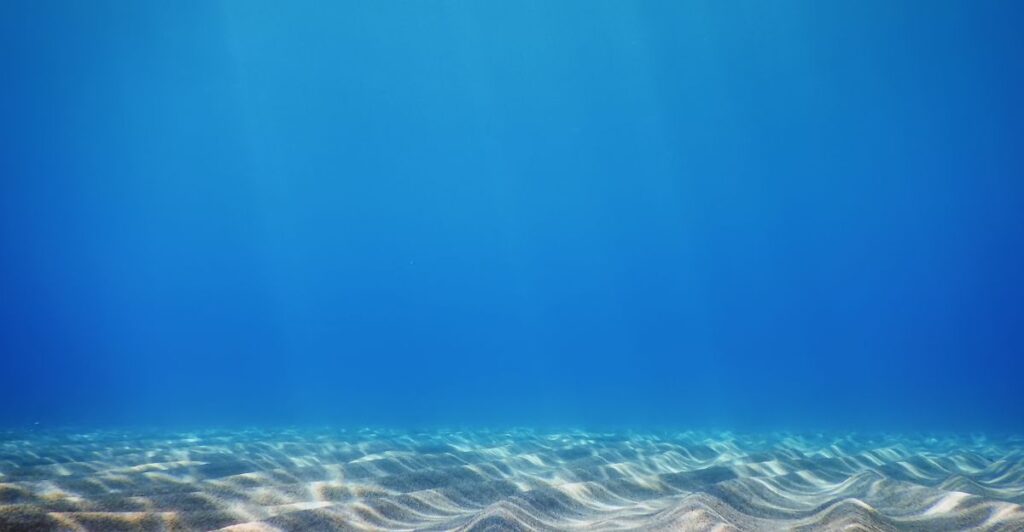
Advancements in seismic monitoring technology offer hope for mitigating issues for wildlife in such cases. Ocean-bottom sensors and GPS arrays can provide early warnings of ground shaking or tsunamis, allowing conservationists to implement preventative measures. Additionally, predictive models can also identify high-risk zones for targeted habitat protection.
Combining Conservation with Technology
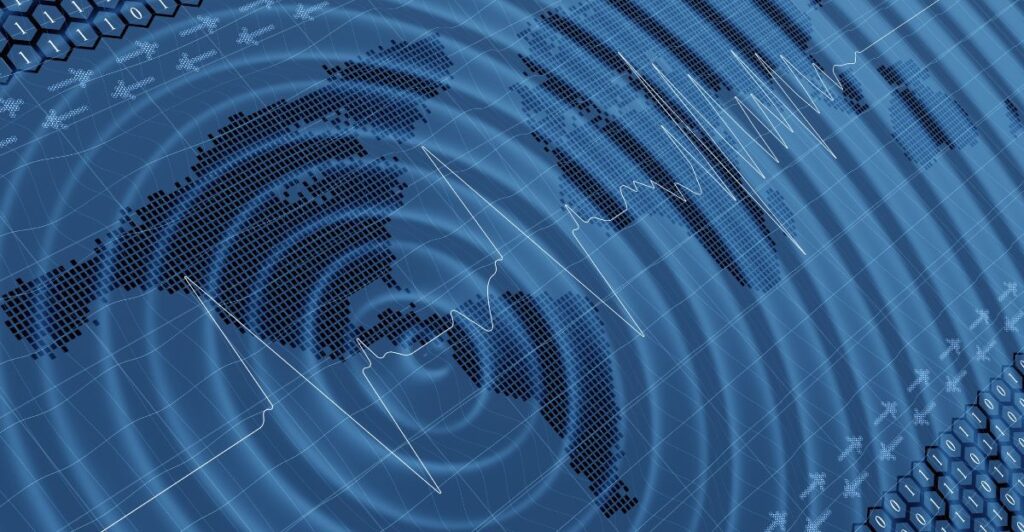
The rising earthquake threat along Oregon’s coast underscores the urgent need for integrated strategies that address both human safety and ecological resilience.
Combining state-of-the-art technology with conservation efforts helps mitigate seismic effects on wildlife while also preparing communities for future disasters. The dynamic interplay between geology and ecology demands a holistic approach to ensure the survival of Oregon’s unique coastal biodiversity.
Explore more of our trending stories and hit Follow to keep them coming to your feed!

Don’t miss out on more stories like this! Hit the Follow button at the top of this article to stay updated with the latest news. Share your thoughts in the comments—we’d love to hear from you!







